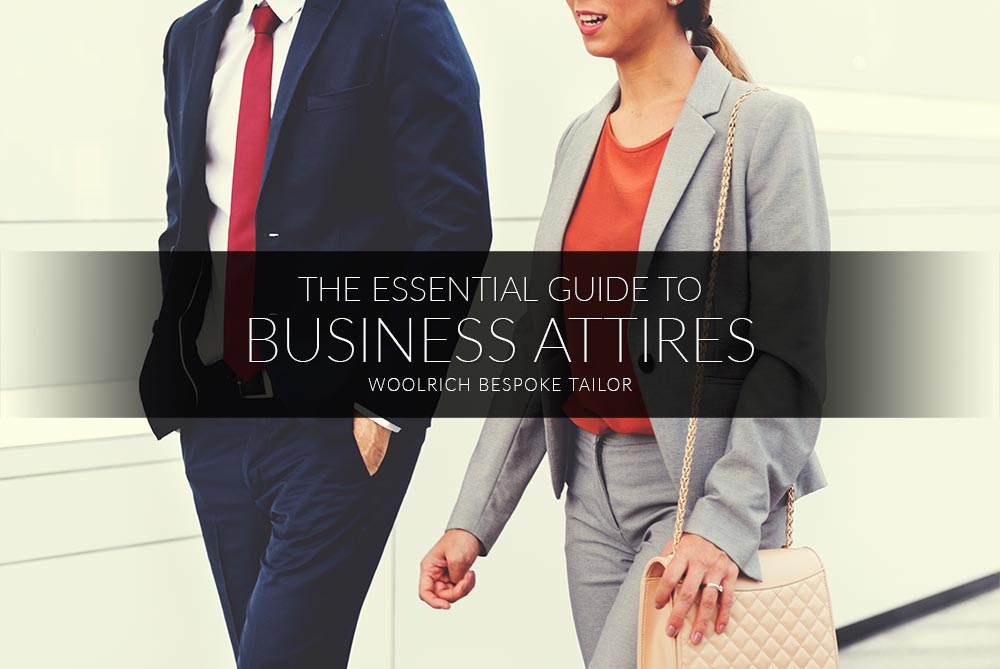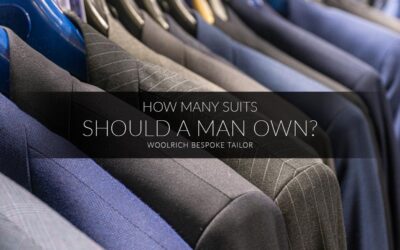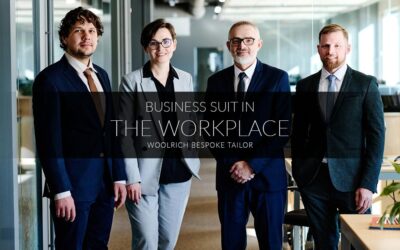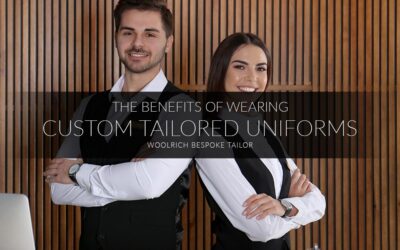What is Business Attire

Whether you’re at the workplace or working from home, appropriate clothing is necessary. Business attire typically includes professional attire such as suits, dress shirts, ties, and dress shoes for men, and suits, tailored dresses or skirts, blouses, and dress shoes for women. The purpose of business attire is to convey a professional and polished image while at work. The specific dress code for business attire can vary depending on the company and industry. For example, in more formal industries such as finance or law, business attire may require a full suit and tie for men and a tailored suit for women. In more casual industries such as technology or creative fields, business attire may allow for more flexibility and a more relaxed dress code. Regardless of the specific dress code, it is important to dress in a way that shows respect for the workplace, colleagues and the clients or customers.
Different Type of Business Attire

Business Formal
This type of attire refers to the most professional and conservative type of clothing that is worn in formal business events, such as formal meetings, important presentations and corporate black tie functions. This type of attire typically consists of a tailored suit in neutral colors, such as black, navy, or grey, paired with a crisp, white dress shirt and a conservative tie for men. For women, this can includes formal dress, tailored suit or blazer with dress pants or a skirt. Men should wear their attire with a tie and dress shoes, while women can opt for closed-toe heels. Accessories should be minimal and conservative. Colors should be neutral or dark, and the overall look should be polished and professional. When wearing this kind of attire you would want to convey professionalism, competence, and respect for the occasion and the individuals present. It also demonstrates a level of seriousness and commitment to the business setting. The conservative nature of business formal attire reflects the traditional values and expectations of professionalism in a corporate environment.
Business Professional
If you want to make a strong first impression in the corporate world, this kind of attire is for you. This ensemble is perfect for business meeting, a job interview, or any professional setting where a strong, confident presence is essential. The most traditional way to dress business professional is a crisp button-shirt paired with a dark colored suit is a timeless choice for both men and women. The dark-colored, well-tailored suit gives off an air of confidence and refinement, while a plain button-down shirt brings a hint of elegance and professionalism. With the addition of a silk tie and polished dress shoes, the overall appearance radiates elegance and refinement. Be sure to pay close attention to the fit and quality of clothing, as well as ensuring that all elements of the outfit are clean, pressed, and coordinated.
Business Casual
This dress code typically involves dressing down from traditional business attire, but still looking put together and polished. An example of business casual for men is a blazer and formal shirt, paired with slacks instead of a full suit. Women can also express their style with a blouse and slacks, or by adding a blazer to their outfit for a more structured look. The key to business casual attire is finding the balance between comfort and professionalism. It’s about showcasing personal expression and being confident and comfortable in what you’re wearing while still looking appropriate for a professional setting. However, this dress code is usually seen in more creative or relaxed work environments or during the networking events.
Smart Casual
Casual dress code has gained popularity in recent years especially after the COVID-19 pandemic. It is a great way to elevate casual clothing while still maintaining a professional appearance. This style allows individuals to dress down without sacrificing their personality or style. It is the perfect compromise for those who want to look put together and approachable in a business environment. Smart casual includes collared shirts, tailored trousers, blazers, and even more casual items such as chinos, nice jeans, and stylish sneakers or loafers or flats for women. In a smart casual setting, it’s important to pay attention to the fit and quality of the clothing. The goal is conveying a polished and professional look in more relaxed garments. Accessories and grooming also play a key role in achieving the smart casual look. Finishing off the outfit with a stylish watch, belt, or a statement pair of glasses can really pull the look together.
Establishing the Business Attire

Knowing what to wear in different business settings and events can be somewhat tricky, but it’s important to remember to always dress in a way that is acceptable and aligned with the company’s guidelines. It’s crucial to consider what is the norm in the industry when deciding on your outfit. Many companies have a specific dress code that employees are expected to adhere to, which can range from business casual to business professional. Understanding the company’s culture is also key. For example, some companies may have a more relaxed dress code, while others may require a more formal attire. This will help you make informed decisions about your wardrobe choices and ensure that you are dressing appropriately for the workplace. When attending business events, do consider the nature of the event and the expectations of the attendees. For instance, a networking event may require a more polished and professional look, while a casual team-building activity may call for a more relaxed and comfortable outfit. Taking all these factors into account, it’s important to express your personal style, but it is also essential to remember that your appearance reflects on your professionalism and can impact how others perceive you in the workplace. Ultimately, when in doubt, it’s always best to dress more professionally than less as it shows respect for the company, clients, and the overall work environment. It also demonstrates that you take your job seriously and are committed to presenting yourself in professional manner.




